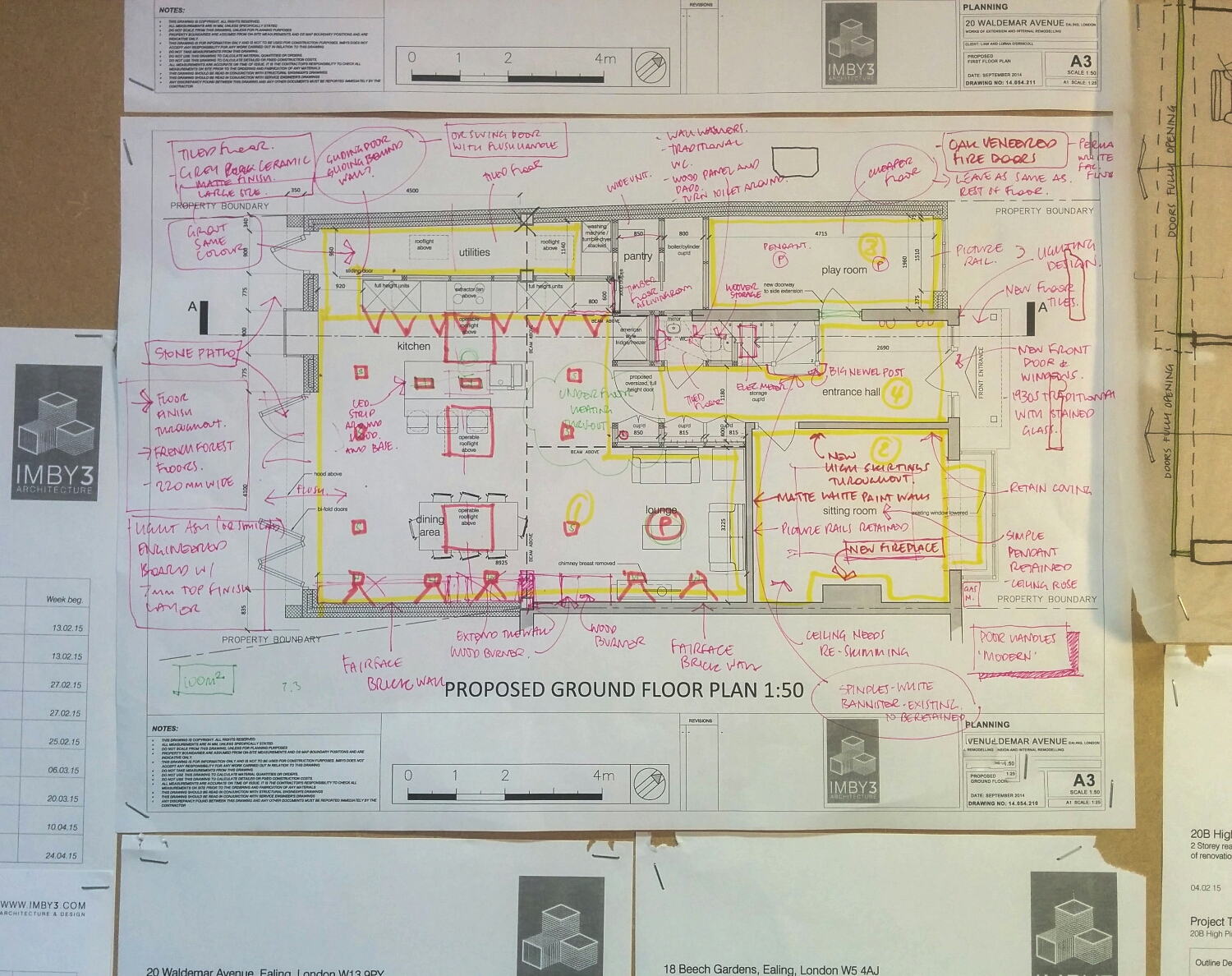But the main cause for worry is not the inevitable consequences of even poorer standards in housing design and further corner cutting by our pencil sharpening, developer-centred housing culture; the bigger worry has to be the primary reason cited for the changes, with the notion that by making such cuts the Government is doing what’s best for the house buying public. The Prime Minister announced today that the move will save developers £60m a year, equivalent to £500 for every new property built. It is hoped the move will result in far more homes being constructed, thus giving the economy a much needed shot in the arm.
If you combine today’s announcement with the continued relaxing of planning rules, where it is now possible to build a 6m extension on the back of a terraced house without even submitting a formal planning application, a clear picture of current attitudes towards the importance of good design and the effect on its environment starts to become very clear.
The worry is that this announcement is another indicator of the real crisis. The real issue is not that there aren't enough houses to go round or that the over-inflated housing market is forcing first time buyers to rob bank vaults to raise the required deposits. The real problem is that we have clearly forgotten what a house is.
This is not a housing crisis – it’s a ‘house-identity’ crisis.
We have somehow forgotten how important it is for a house to be a home, for a dwelling to serve its occupant’s not just in keeping out the wind and rain, but in becoming part of our lives, the canvas on which our memories are painted. The design for such spaces is crucial to the quality of life we will have in it. Simply relaxing the standards of quality so that they can be mass produced and sold in bulk like tins of corned beef cannot be the way forward.




















